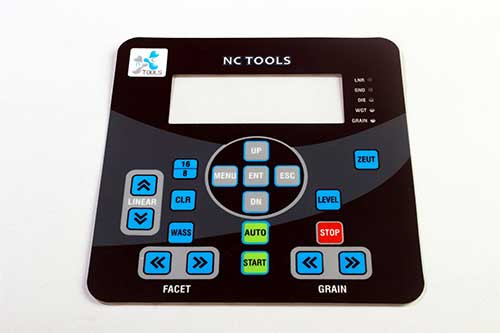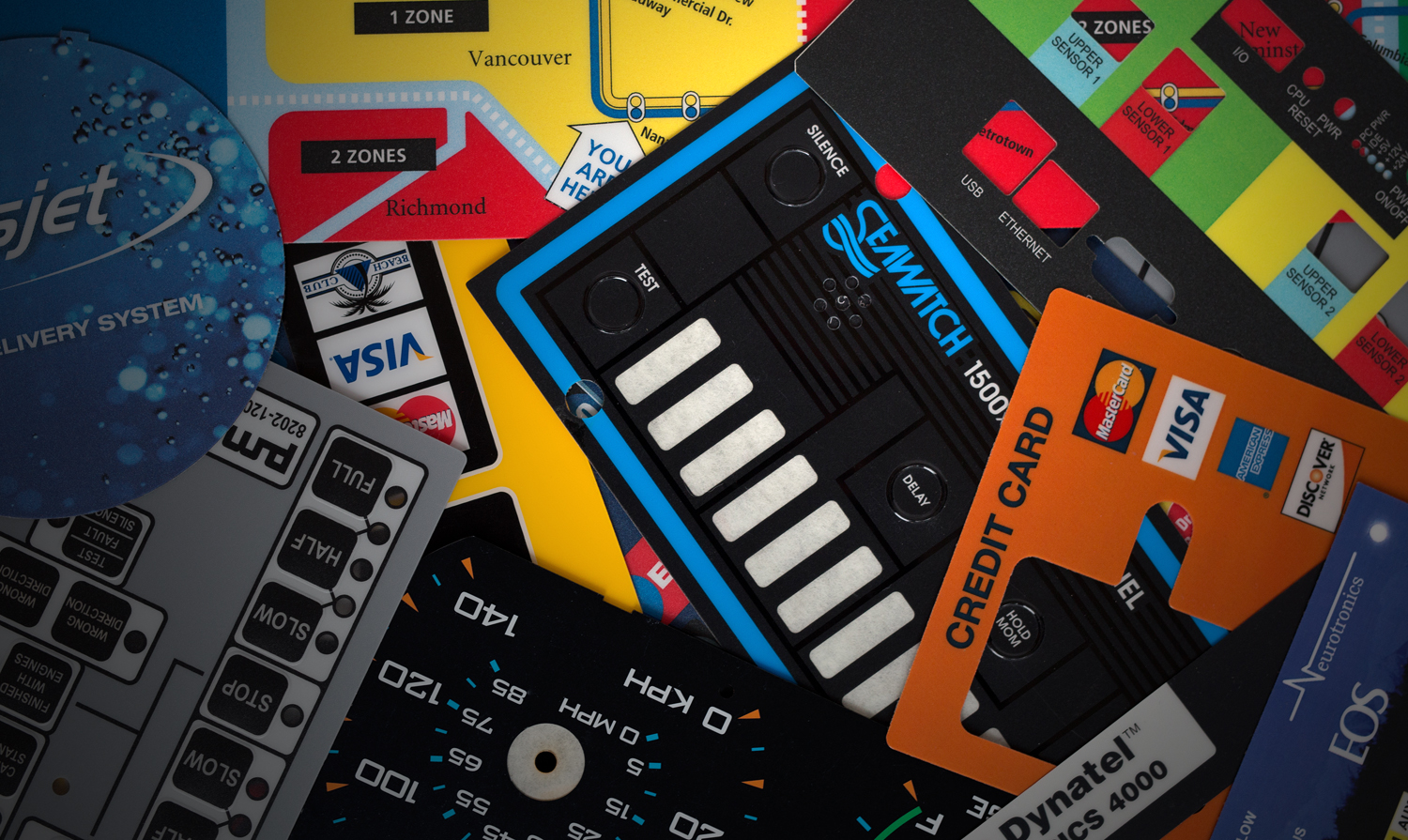Function of Graphic Overlays in Designing Durable and Aesthetic Interfaces
Function of Graphic Overlays in Designing Durable and Aesthetic Interfaces
Blog Article
Comprehending How Graphic Overlays Job to Enhance Your Creative Tasks
Graphic overlays serve as a crucial component in the realm of creative tasks, improving both aesthetic interaction and target market involvement. The successful integration of these overlays requires careful consideration of layout concepts and purposes.
What Are Graphic Overlays?
Graphic overlays are aesthetic components that are placed on top of a base image or interface to boost interaction and customer experience. They offer numerous objectives, consisting of providing additional information, guiding user communication, and boosting visual allure. Usual applications of visuals overlays can be found in digital interfaces, marketing, and academic materials.

Graphic overlays are frequently produced using style software program, permitting developers to manipulate color, transparency, and size to accomplish the desired effect. They can be dynamic or fixed, with animations that attract the customer's eye and improve engagement. The calculated use visuals overlays not only boosts aesthetic hierarchy but likewise help in delivering a clear and meaningful message. Because of this, comprehending just how to efficiently apply graphic overlays is essential for developers intending to raise their imaginative tasks.

Advantages of Using Graphic Overlays
Making use of visuals overlays can significantly boost the performance of visual communication across various tools. Among the main benefits is the ability to convey complex info succinctly. By layering graphics, text, and pictures, overlays help with the presentation of data in an extra absorbable layout, making it easier for target markets to realize vital ideas rapidly.
Moreover, visuals overlays can enhance visual appeal, accentuating specific elements within a design. This is especially helpful in advertising and marketing and marketing, where capturing the audience's rate of interest is critical. The calculated usage of shades, forms, and typography in overlays can create a interesting and natural aesthetic story, enhancing brand name acknowledgment.
Furthermore, graphic overlays give versatility in design. They allow makers to adjust content for different systems without going back to square one, ensuring consistency across different networks. This flexibility is vital in today's digital landscape, where material should be maximized for diverse gadgets and formats.
Kinds Of Graphic Overlays
When considering the different kinds of graphic overlays, it is necessary to recognize their diverse applications throughout different markets. Graphic overlays can be categorized mainly right into three kinds: functional, attractive, and educational.
Functional overlays are made to boost the usability of a product. Typically discovered in digital devices, these overlays often provide responsive responses with increased buttons or textured surface areas, enhancing customer communication. They can likewise function as a safety layer, guarding the underlying parts from damage.
Attractive overlays concentrate on visual enhancement, enabling brands to share their identification through dynamic styles and custom graphics. These overlays are prevalent in product packaging, advertising and marketing, and point-of-sale materials, where aesthetic appeal is essential for drawing in customers.
Educational overlays, on the other hand, are used to share vital data or directions. They can be seen in applications such as signs, user handbooks, and instructional graphics, where clarity and readability are critical.
Each sort of graphic overlay serves an unique function, adding to the general performance of creative tasks while addressing certain needs within different sectors. Comprehending these differences is important for picking the right overlay for your task.
Finest Practices for Implementation
To make certain the successful see this website implementation of graphic overlays, it is vital to establish a clear understanding of the project's goals and the certain needs of the end-users. Begin by performing complete research to identify the target audience and their choices, as this will notify layout choices and performance.
Following, create a thorough strategy that lays out the overlay's purpose, combination, and design process. This plan ought to include customer interface considerations, making certain that overlays boost instead than block the user experience - Graphic Overlays. Maintain and consider the visual pecking order visit the website consistency in design aspects, such as color symbols, typefaces, and plans, to promote brand coherence
Evaluating is crucial; gather responses from a representative sample of customers to identify possible problems and areas for improvement. Repeat on the style based upon individual input and performance data. In addition, ensure compatibility throughout numerous gadgets and platforms to take full advantage of accessibility.
Tools for Producing Overlays
Developing effective graphic overlays calls for the right devices to translate style ideas into useful applications. Numerous software program and systems are offered, each tailored to specific demands and skill degrees.
Adobe Photoshop and Illustrator are industry requirements, providing comprehensive capacities for developing and adjusting overlays. These devices supply sophisticated attributes such as layer monitoring, blending modes, and vector graphics, making it possible for developers to develop high-quality and elaborate overlays.
For those seeking a look at this website much more easy to use method, Canva and Figma are outstanding alternatives (Graphic Overlays). Canva's intuitive interface allows users to develop overlays promptly making use of pre-designed layouts, while Figma promotes joint style in real-time, making it optimal for teams
Additionally, open-source choices like GIMP and Inkscape supply robust capabilities without the linked expenses of proprietary software application. These devices enable flexibility in layout and can fit different file styles, making sure compatibility across various platforms.

Conclusion
In verdict, visuals overlays serve as powerful tools for boosting creative jobs by giving visual clearness, visual allure, and brand consistency. By recognizing the fundamental principles and advantages associated with visuals overlays, creators can significantly enhance the quality and performance of their visual interactions.
Graphic overlays serve as a pivotal element in the world of creative jobs, enhancing both visual communication and audience involvement.Graphic overlays are usually produced making use of layout software, allowing developers to adjust transparency, size, and color to attain the wanted result.Furthermore, graphic overlays can increase visual allure, attracting focus to particular components within a layout.Additionally, graphic overlays provide versatility in layout.In final thought, visuals overlays serve as powerful devices for improving innovative tasks by providing visual clarity, aesthetic charm, and brand consistency.
Report this page